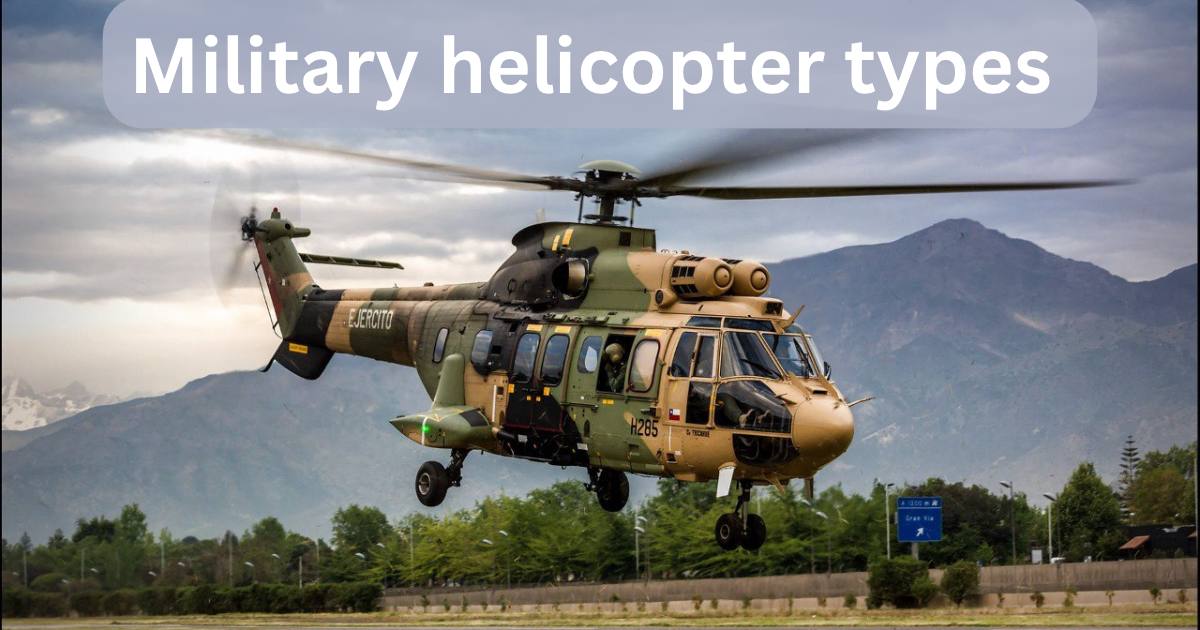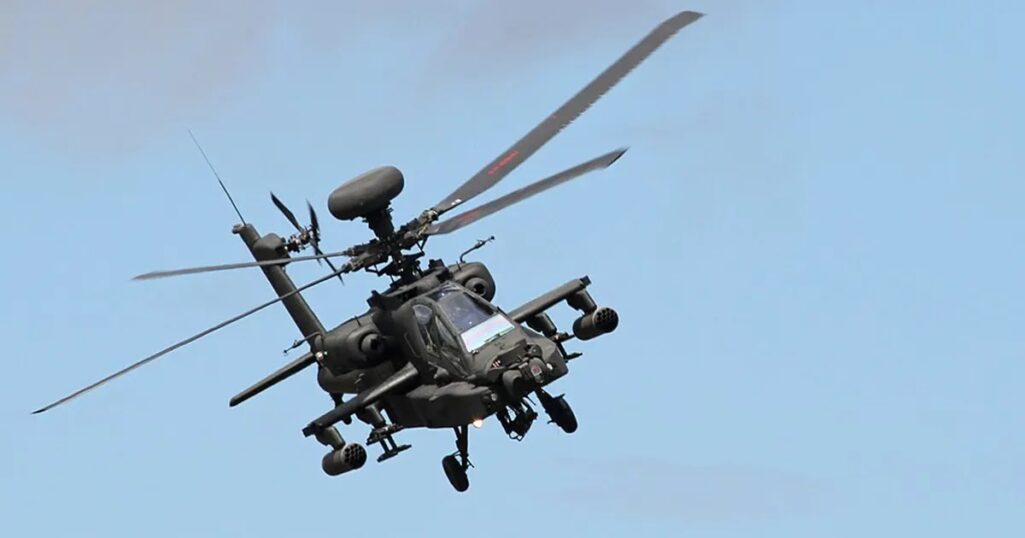
Takeoff and landing of a helicopter is usually an exciting scene to watch. It’s true that the helicopter’s gravity-defying systems appear to operate like magic, and each aircraft is precisely manufactured. Despite the fact that helicopters have undergone many changes throughout the years, the foundations of how they fly remain the same.
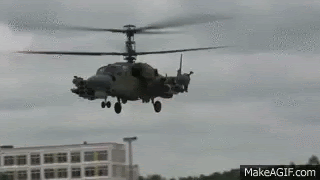
According to science historians, flying vehicles with spinning rotors had been studied by inventors for almost two millennia before Sikorsky’s first functional helicopter was developed in 1939.
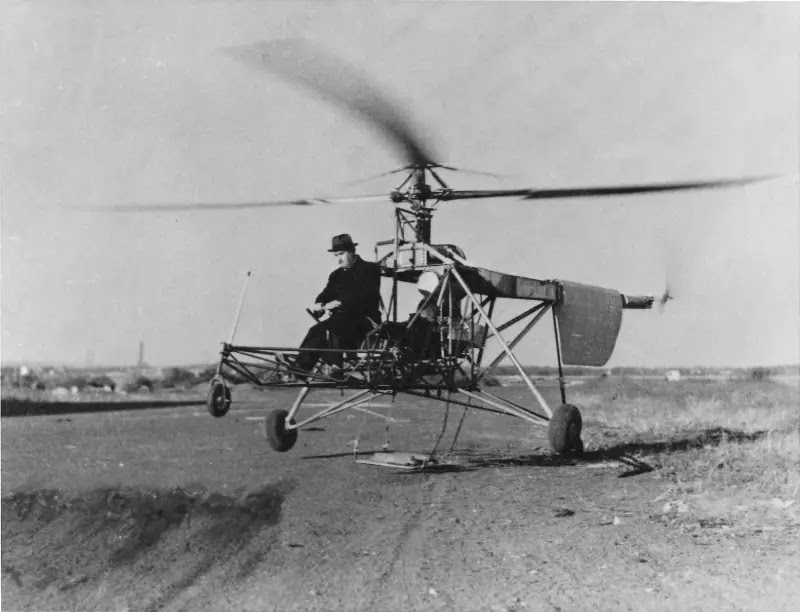
What was the reason for the delay? It’s because helicopters are very sophisticated vehicles that need a lot of skill to fly. So, how exactly do they work? Let’s take a closer look!
The Vertical Lift
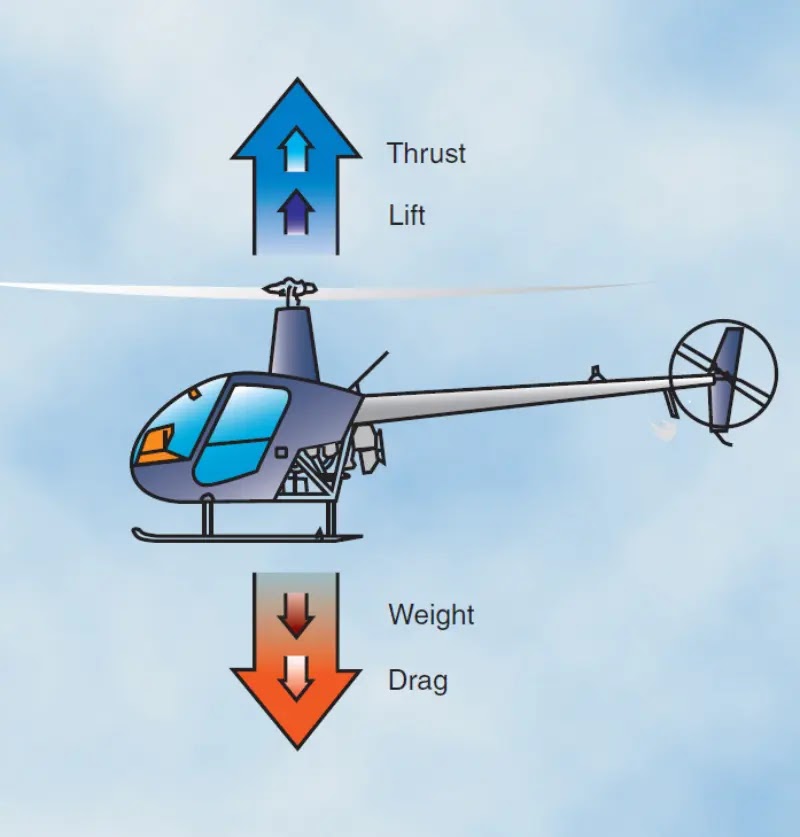
Since an airplane cannot fly vertically like a helicopter, this is one of the reasons that makes helicopters special, since they can take off immediately from the heliport whenever the need arises. In most circumstances, an aircraft’s wings are responsible for providing lift. When the blades of a helicopter’s main rotor rotate, the air is forced downward by the shape of the blades, resulting in a lift. The helicopter rises in response to a shift in air pressure.
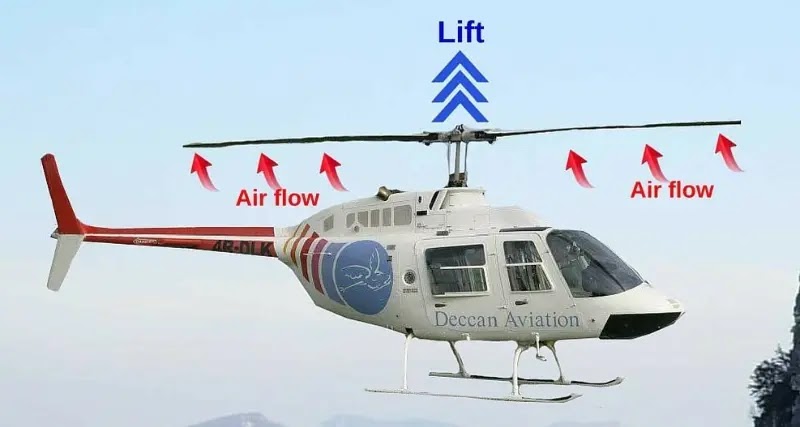
Airfoils are used to provide lift in helicopters, but instead of being attached to a fixed-wing, they are integrated into the blades of the rotors, which spin at high speeds, usually 400–500 RPM on a small helicopter, or approximately 225 RPM on an enormous Chinook.
Helicopter Main Parts
Even though a typical helicopter contains tens of thousands of little parts, we only need to understand the larger ones.
The Engine
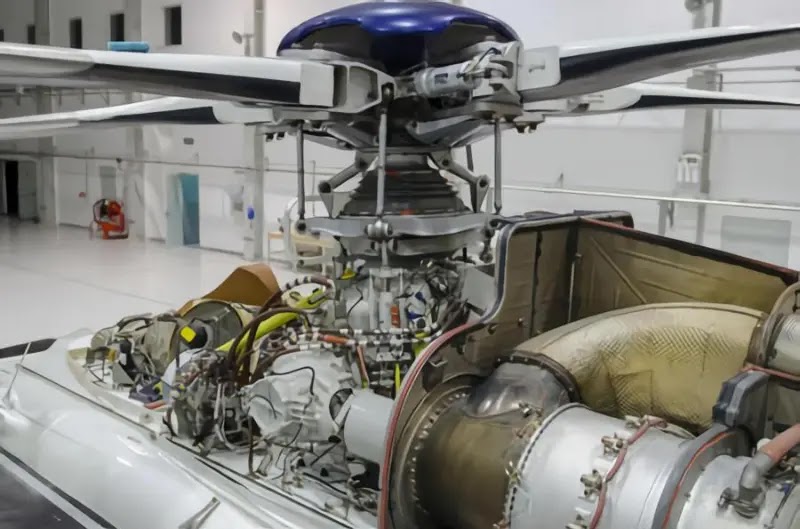
Compared to older piston engines, which are more like those used in cars and trucks and other road transport vehicles, most modern small helicopters now employ gas turbine engines, which are more like those found in commercial airplanes. They are more powerful, less mechanically complex and more dependable.
The Main Rotor
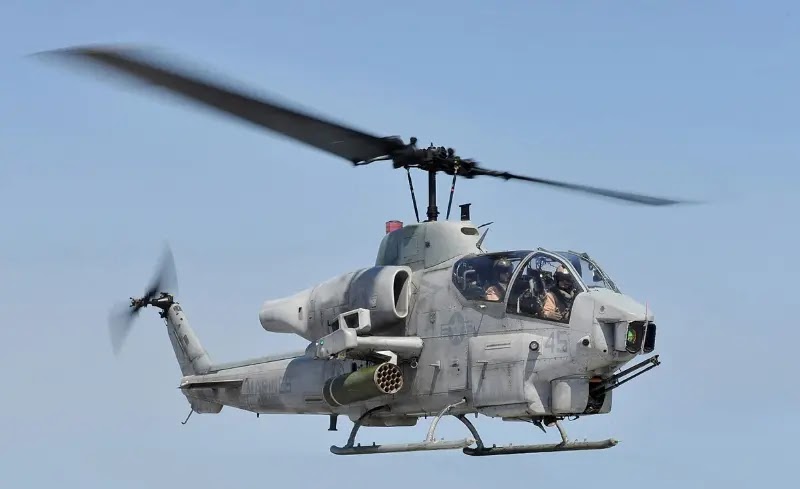
It’s impossible to fly a helicopter without at least one rotor, which is the helicopter’s most dominant part. But this single rotor will create a big problem. Why? According to Newton’s third law of motion, every time an action occurs, another reaction occurs in the opposite direction.
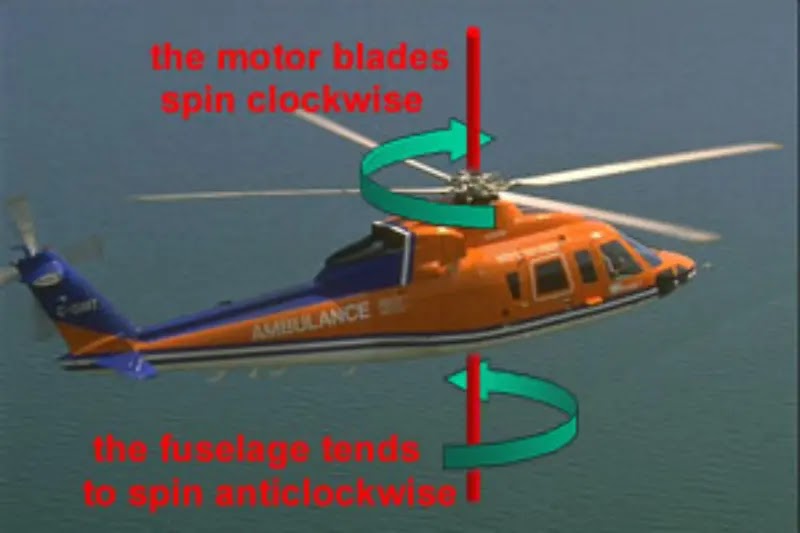
As the rotor of a helicopter turns, the entire craft rotates somewhat slower in the opposite direction (the reaction). In order to keep a helicopter under control, we must apply a counter-torque to offset the turning force generated by the engine.
One option is to use a second huge rotor that rotates in the opposite direction. This approach is applied in two different ways, one is called the coaxial rotor, and the other is called the tandem rotor.
A coaxial rotor is a design where the first rotor is attached to the same mast as the second rotor:
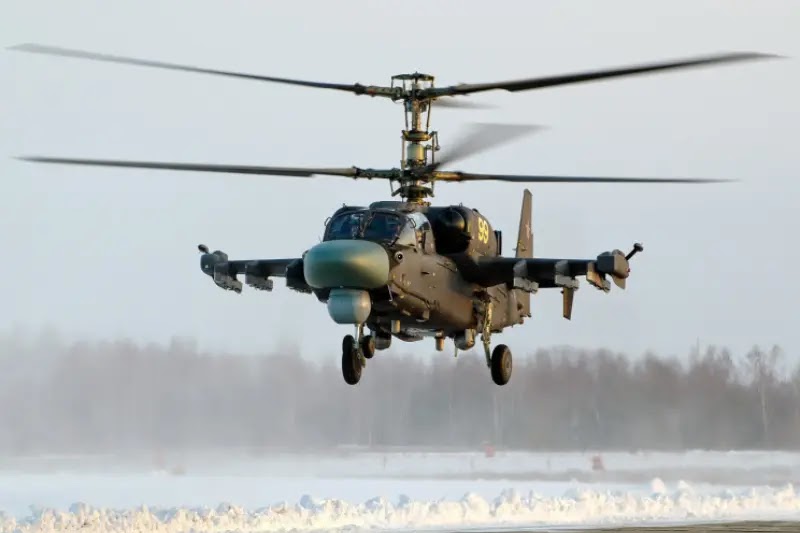
A tandem rotor is when a second huge rotor is placed at the end of the helicopter, like in military Chinook helicopters:

The Tail rotor
The tail rotor is the most confusing part of the helicopter, but it is actually just another way to counter the rotation caused by the main rotor. It is a tiny, sideways-facing propeller powered by a driveshaft from the engine that runs through the tail end of the helicopter.
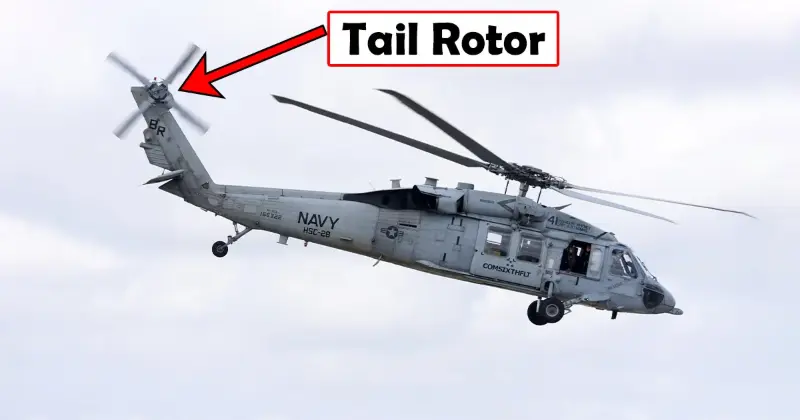
If a helicopter uses just a single main rotor blade, it must have a tail rotor, or it cannot fly safely; similarly, any damage to the tail rotor (such as a bird attack or missile hit) makes a helicopter extremely uncontrolled and typically ends falling down.
We have a complete article describing the purpose of tail rotor in helicopter.
How Helicopter is Controlled by the Pilot?
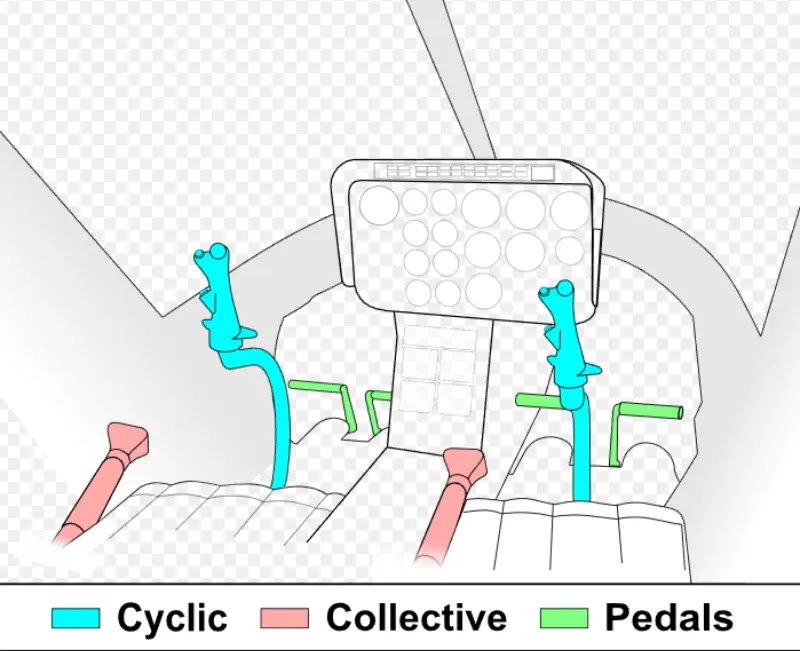
When it comes to hovering and steering a helicopter, its rotors are quite smart. Five controlling parts are involved in this process: a throttle, two-foot pedals, and two hand levers (known as the collective pitch). Helicopter pilots must have a high level of skill and focus because of the complicated connection between these several controls.
Hovering
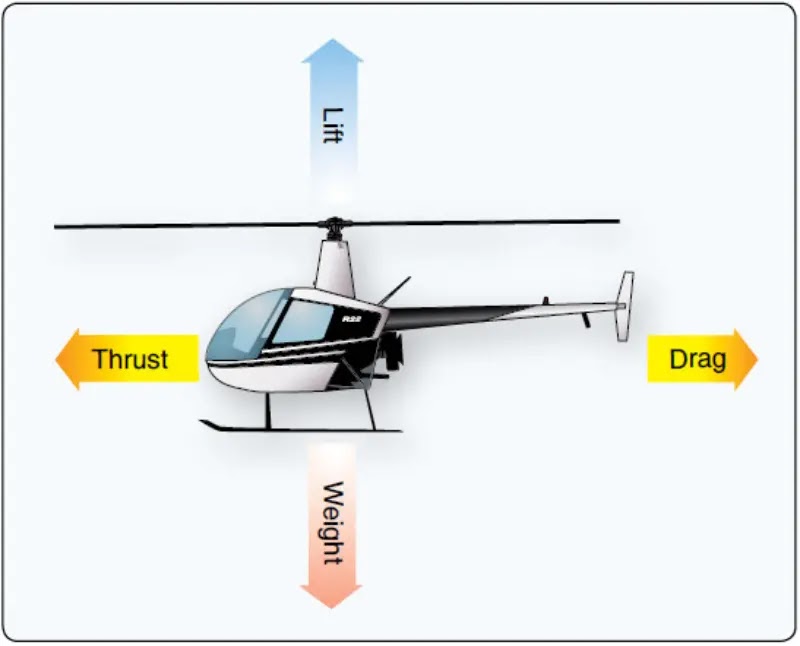
Airfoils on the rotor blades provide lift when they begin to rotate, forcing the vehicle into the air and lifting it beyond its own weight. Rising occurs when the lift is more than weight; falling occurs when the lift is less than weight.
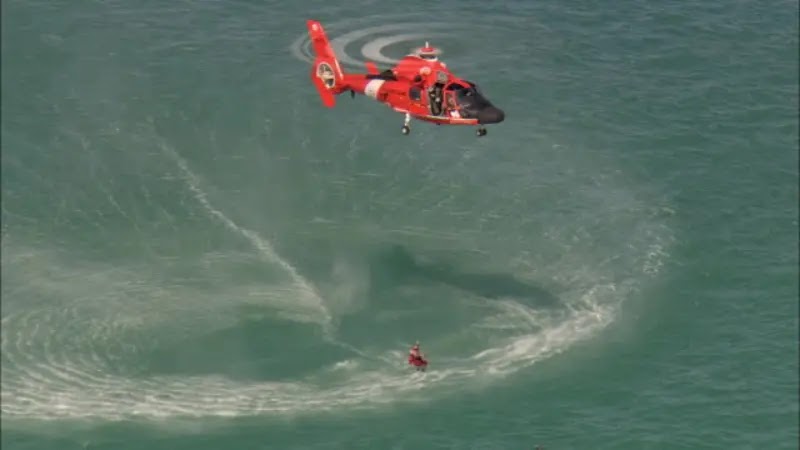
Hovering occurs when the lift and weight of the helicopter are precisely balanced. Controlling the collective pitch allows the rotor blades to create more or less lift by increasing or decreasing the angle that they make to the approaching air.
Steering

Additionally, helicopter rotors offer the chopper’s turning by creating greater lift on one side than the other. Let’s say the pilot wants to fly to the right. Once the cyclic has been moved to the right, two swash plates are also tilted in that direction by a set of levers connected to each other.
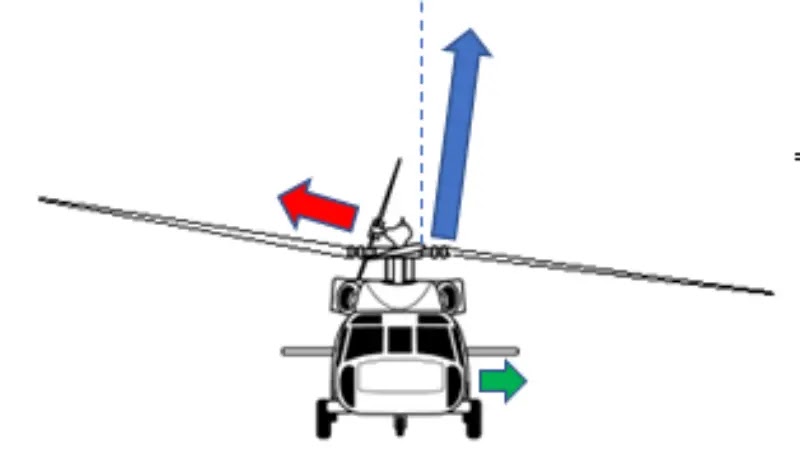
This causes the rotor blades to tilt to a steep angle on the left and a shallow angle on the right, causing the rotor to provide a greater lift on the left side, moving the aircraft to the right.
Even though helicopters seem simple, they are, in reality, a complex mechanism. Designing and controlling these aircraft is not a simple process, yet it is a fascinating mechanism. Let’s watch this video that shows in detail and with animation how the helicopters mechanism work:

